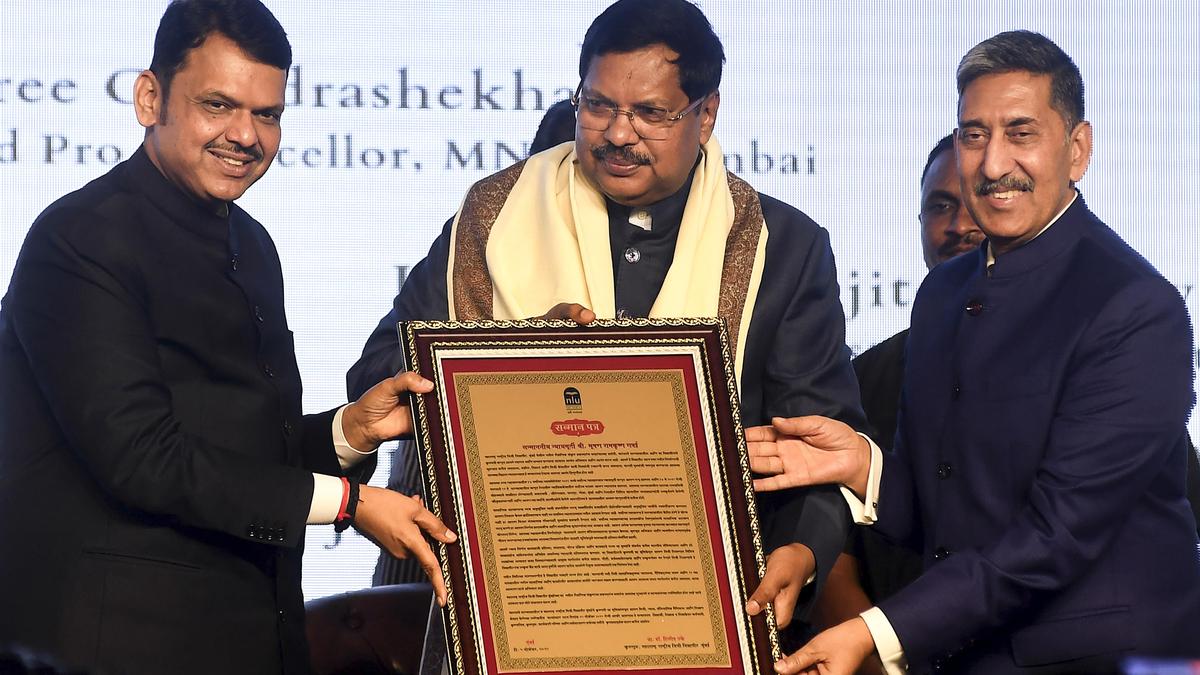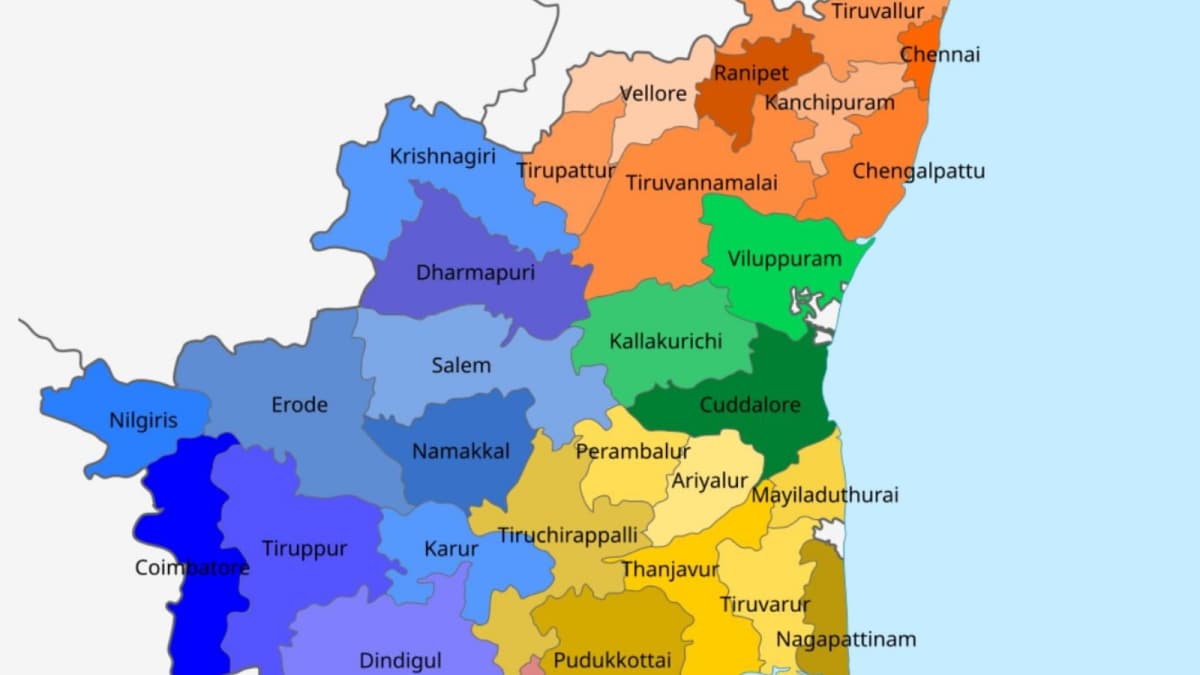Power-intensive industries across Karnataka have raised concern over the continued levy of the Cross Subsidy Surcharge (CSS) and a proposed Additional Surcharge on open access power, warning that the move could make manufacturing more expensive and erode the competitiveness of micro, small and medium enterprises (MSMEs) as well as export-oriented units in sectors like steel, pharmaceuticals, plastics, and engineering.
The Karnataka Electricity Regulatory Commission (KERC) has issued a public notice following a petition filed by the Bangalore Electricity Supply Company (Bescom) seeking approval for levying an additional surcharge of ₹1.65 per unit on open access consumers for the financial year 2025–26. The proposal argues that the surcharge is necessary to recover fixed costs arising from stranded power capacity that Escoms continue to pay for, even when large consumers buy electricity from other sources.
Long-term agreements
According to the Bescom’s filing, the company has tied up substantial power capacity through long-term power purchase agreements approved by the commission. However, as more consumers opt for open access - sourcing power directly from generators or exchanges - parts of this contracted capacity remain idle, forcing Escoms to pay fixed or capacity charges to generators despite not utilising the power.
“To prevent undue burden on direct consumers, there is a need for determining the Additional Surcharge to ensure recovery of all the components other than the Cross Subsidy,” the Bescom stated in its submission.
The utility’s calculations, based on data from the State Load Dispatch Centre and other Escoms, estimate the cost of stranded power at ₹1,028.29 crore, which translates into a proposed ₹1.65 per unit surcharge. The company has cited the Electricity Act, 2003, and the Tariff Policy, 2016, which permits such a levy to recover costs linked to an obligation to supply power to all consumers.
Industry pushback
Industry associations have argued that continuing both the Cross Subsidy Surcharge and the Additional Surcharge defeats the very purpose of open access, a key reform under the Electricity Act meant to encourage competition and allow consumers to choose cheaper or cleaner sources of power.
Uma Reddy, president of the Federation of Karnataka Chambers of Commerce and Industry (FKCCI), said that imposing or continuing the CSS on open access power used in manufacturing directly inflates the cost of critical industrial inputs such as iron, steel, bulk drugs, forgings, and plastic components.
“Electricity is a major cost driver for several industries, particularly in iron and steel production where electric arc and induction furnaces, as well as rolling mills, consume large amounts of power. A CSS of ₹1.65 per kilowatt-hour can raise per-tonne steel production costs by ₹800 to ₹1,200, depending on process intensity,” she said.
According to official data for 2025, Karnataka has over 5.39 lakh Low-Tension (LT-5) industrial installations and 16,024 High-Tension (HT-2A) industries, together accounting for an energy consumption of nearly 13,480 million units. Together, LT and HT industries contribute around ₹12,644 crore in annual revenue, or 18.4% of the total electricity revenue of Escoms. Industry bodies said that this shows how critical MSMEs and large industries are to the State’s power ecosystem- both as major consumers and as significant revenue contributors and warn that additional surcharges on open access could discourage industrial power usage, affecting Escom finances as well.
“When power costs rise, the effects ripple through the supply chain - from automotive to construction and electronics, hurting exports and forcing MSMEs back to unreliable grid supply,” an industry representative said.
Industrial clusters in Belagavi, Tumakuru, Shivamogga, Peenya, and Jigani are among those warning that higher power costs could trigger closures or job losses if open access becomes unviable.
Absence of clearly defined regulation
The Electricity Act, 2003, under Section 42(3), allows consumers to procure electricity from sources other than their local distribution licensee through open access, requiring the licensee to act as a common carrier providing non-discriminatory wheeling of power. Subsection (4) of the same section states that such consumers shall be liable to pay an additional surcharge, ‘as may be specified by the State Commission’, to meet the fixed cost of the distribution licensee arising from its obligation to supply.
Under the Act, ‘specified’ explicitly means specified by regulations framed by the appropriate commission. However, the KERC has not yet framed such regulations under Section 42, despite a direction from the High Court of Karnataka. In its order dated December 20, 2024, the court directed, “The commission shall ensure that the aforementioned regulations are framed within a period of six months from the date of receipt of a copy of the order.”
With that six-month window now long passed, the absence of these regulations has become a key point of contention with industry groups arguing that in the absence of clearly defined regulatory parameters, the computation and levy of additional surcharges risk inconsistency and lack transparency.

 5 days ago
7
5 days ago
7








 English (US) ·
English (US) ·